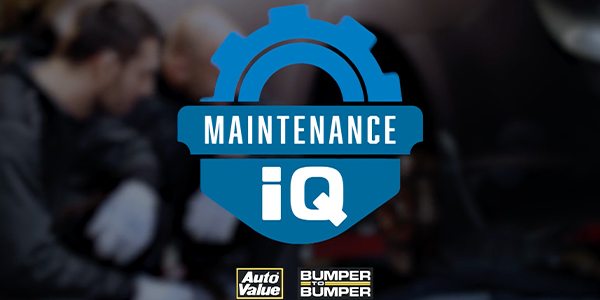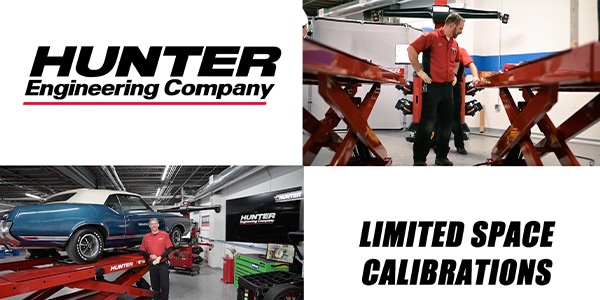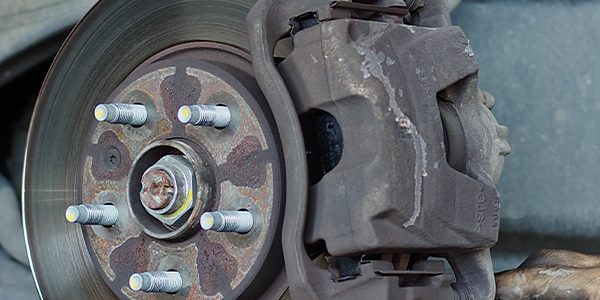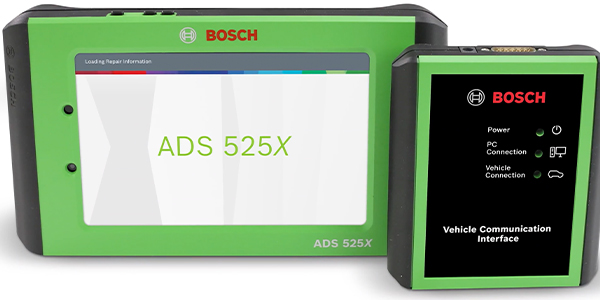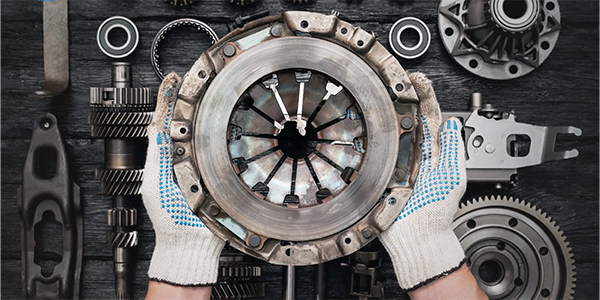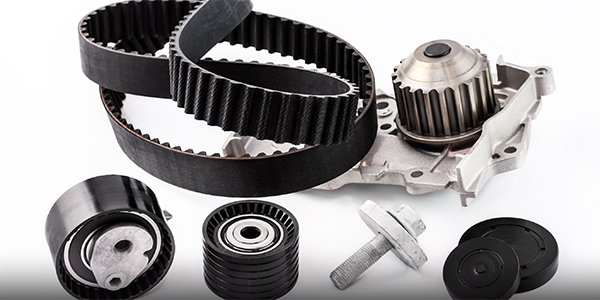When it comes to belt inspection, there are three questions you need to ask.
Is there noise?
What do the surfaces of the belt and pulleys look like?
Is the wear across the belt or in a specific area?
If you can confidently answer these questions, you can not only make the right call on the belt, but the entire belt drive system.
Noise is the first sign that more components than just the belt need attention. Listen to the belt before proceeding with the rest of the inspection. The first clue is a belt squeal heard during engine start-up. The second clue might be a belt squeal heard during parking maneuvers or during an alternator load test.
Appearance of the belt’s grooves and pulleys matter. Late-model belts should not crack or show signs of abuse in normal operation. The belt should wear uniformly. The OE-recommended service interval is based on this wear and not on signs of cracking. Once enough material is worn away from the grooves in the belt, the grooves on the pulley bottom out, and the belt is not able to grip the alternator, power steering pump or A/C compressor. This is why following replacement intervals and measuring rib depth, using a belt wear gauge, is critical to keeping the belt and system healthy. Abnormal wear like cracking, pilling and glazing on the grooved side of the belt is a sign there might not be a problem with the belt, but maybe with the idler pulleys, tensioner or and other connected devices such as an OAD. So, replacing just the belt does not solve the underlying problem.
Cracking and missing chunks on modern belts are usually signs of high under the hood temperatures. Slipping on the pulleys creates friction and heat. If oil or coolant comes in contact with the belt, the slipping can increase and cause even higher temperatures.
Look at the entire surface of the belt. If the abnormal wear is in only one area, it is a sign the belt was damaged during installation or an incident occurred where an object came between the belt and pulley.
If the pulleys are misaligned, wear will occur on one edge of the belt. The edge is one of the most sensitive areas on the belt because the structural fibers are exposed. Edge wear is typically caused by misalignment of the pulleys.
By listening for noise and inspecting the belt, you not only spot a worn belt, but other conditions that can cause the new belt to suffer the same fate!
This video is sponsored by Continental.


